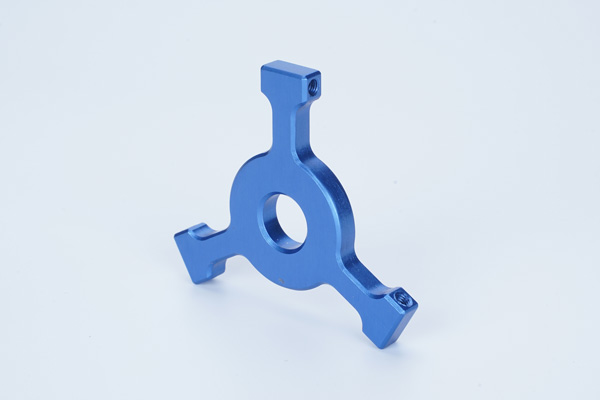In December 2022, OpenAI launched ChatGPT, the world’s first publicly accessible “Large Language Model.” The frenzy that erupted around the tool in the first month saw it attract more users than any other online platform in history, even Facebook.
The buzz online around AI and its coming integration into the workplace swept across all industries, including manufacturing. While some see the technology as putting millions of people out of work in coming years, visionaries see it as having the potential to revolutionize everything we do in life.
The future of AI seems promising, and Chat GPT is certainly a useful tool. How will integrating this tech into manufacturing change the industry and the rapid prototyping process? We’ll certainly see some impressive innovations in the future, especially with 3D printing technology and CNC machining.
CNC and 3D printing are already highly reliant on integrated programs like CAD and CAM. Adding AI into the mix allows the tech to leverage these mostly automated processes to improve productivity and advance the machines’ performance and results.
ChatGPT is just the beginning of what’s coming to the manufacturing industry with AI. The last year with the tech saw many talented people learn to operate and leverage this technology through the use of “prompt engineering.”
A prompt is an instruction typed into the search bar in the ChatGPT interface. You can ask ChatGPT to write you a proposal for a client or draft a set of operating procedures based on specific parameters. Those are just a few of the many operations ChatGPT can do, and the latest version, GPT-4 (soon to be replaced by GPT-4.5), is already leagues ahead of the previous GPT-3.5 model.
GPT-4 already allows for code creation. Just ask ChatGPT to program something for you in Python, and it gets to work right away. While it can’t write in CAD and CAM languages just yet, you can bet that’s coming down the line at some stage.
The OpenAI team continues to develop the platform, and every new generation of AI gets better. Analysts expect AI to be 800% better than it is within the next 18 months of writing this post (November 2023).
So, how can rapid prototyping benefit from the use of ChatGPT? Let’s take a look.

CNC machining part
Idea Generation
Prompt ChatGPT to give you a list of ideas for a specific project. The technology assists with creating suggestions and unique ideas in all industries, not just technology. The AI can come up with ideas that spark further conversation between stakeholders, leading to innovative product designs and creative solutions that move the business forward.
Processes
ChatGPT can break down product ideas into text-based summaries to allow stakeholders to unpack and move on ideas. It generates descriptions of services and products, allowing users to visualize these ideas on drawing programs like CAD. Development and design teams can map out the idea to decide if it’s worth committing resources to develop it.
Problem-Solving
ChatGPT assists stakeholders with exploring prospective solutions and brainstorming ideas. It helps with clarifying decisions and solving problems. The AI can converse with users and reply to questions that advance the problem-solving process and inspire new, innovative solutions. ChatGPT conversations can get users to consider the issue from multiple perspectives and encourage critical thinking in the problem-solving process.
User Experience & User Interface Design
Users can benefit from involving ChatGPT in the design process. The tool assists with gathering feedback on the user experience (UX) and user interface (UI) of design concepts. It can simulate interactions with users and offer insights into user perception and interactions with products, giving designers ideas for improvement.
Skills Development & Education
ChatGPT is a valuable educational tool and training platform. It provides an interactive learning experience, offering tutorials, explanations, and practical exercises. Team members can acquire new skills without increasing the training budget. In many cases, companies can see reductions in their training costs by using ChatGPT to create SOPs and other documents to advance trainee integration into the company and direct operations.
Efficiency & Automation
Users can prompt ChatGPT to automate low-value tasks and free up time. Generating reports and analyzing data with AI frees up human resources for bigger projects or tasks. The result of efficiently allocating workloads allows companies to find the time to create results from innovation-related operational and visionary activities.
In Closing
ChatGPT is just the first Large Language Model released to the public in 2023. Google and other tech companies rolled out other LLM technologies to compete with ChatGPT, but none of them managed to gain the same traction. It pays to be first to market.
We can expect ChatGPT to advance its capabilities tremendously in the coming years. AI promises an exponential leap in tech innovation, and it won’t be long before ChatGPT is capable of doing manufacturing and prototyping tasks, like writing CAM code, with a simple prompt.
